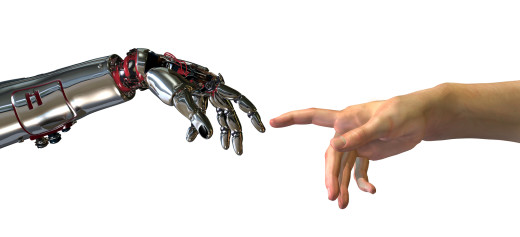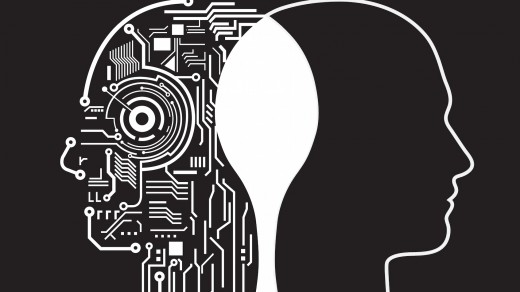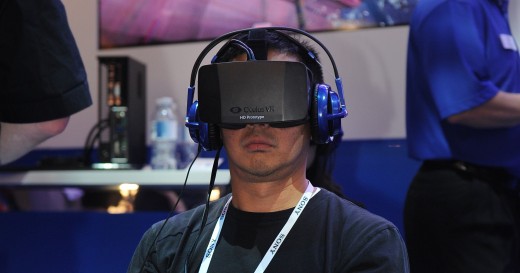
Enormous technological changes in medicine and healthcare are heading our way. If they hit us unprepared (which we are now), they will wash away the medical system we know, leaving a purely technology–based service without personal interaction.
By preparing and planning, we have the opportunity to consciously and purposefully redesign the healthcare sector piece-by-piece. That’s the belief of medical futurist Dr. Bertalan Meskó, author of The Guide to the Future of Medicine: Technology and the Human Touch.
Part 1 of this column summarized the first set of tech trends that Meskó described as being already underway or those that will have an impact on us in the near term. Now we take a look at the next set of trends that Meskó identifies as being in earlier stages of development and not quite yet ready for prime time.
1. Medical decisions via artificial intelligence (AI)
Watson, the IBM room-sized super-computer, beat Jeopardy’s all-time best contestants, Ken Jennings and Brad Rutter. That’s just the beginning. With virtual computer networks working together on a particular problem, Big Data is becoming Huge Data.
Healthcare is a prime candidate for making intelligent use of that data. With new, relevant medical research being produced so quickly, it’s impossible for a human to constantly be up-to-date. But a super-computer could, even to the extent of advising on medical decisions. AI will offer many benefits, including generating insights for lowering costs and creating better outcomes.

2. Growing organs in a dish
Regenerative medicine seeks to aid those who suffer from organ failure or loss by providing them with artificially created replacement organs. 3D printers have already successfully produced organs, and stem cells can be used to grow some organs. Eventually, these advances may eliminate the shortage of organ donations altogether.
3. Eating in the future
With instant content analysis, we will know exactly what we are eating and, hopefully, that will teach us how to eat properly. Fast food will be defined by more than the local McDonalds, Wendy’s, or Burger King, as 3D printing begins to produce a variety of nutritional options. This will become a norm to satisfy the ever-increasing population.
4. Augmented reality and virtual reality
Augmented reality through technology such as Google Glass will be increasingly streamlined into healthcare. Currently, a surgeon can stream a live surgery procedure in order to create an enhanced learning tool for students who would have to typically watch over the doctor’s shoulder.
In the future, virtual reality will create environments that allow patients to share point-of-view information and concerns directly with medical caregivers. It will also be applied to psychotherapy in order to let patients view scenarios or reprocess memories virtually.
5. The end of human experimentation
Computational cognitive architecture will simulate how human physiology works, detail-by-detail. Virtual experimentation through this kind of simulation could test numerous samples on virtual patients in an extremely short time period. Meskó describes one example: “A technique called organ-on-a-chip simulates the activities, mechanics, and physiology of entire organs and organ systems.”
6. Nanorobots living in our bloodstream
These microscopic robots will measure health parameters and diagnose disease. They could also expand our knowledge of biology and anatomy, improve how we deliver drugs, or perform extremely localized surgery. The nanorobots could eventually develop a network, communicate with each other, identify health concerns, and automatically take corrective actions.
7. Hospitals of the future
In the future, hospitals will be less about recovery from acute illness, and more about rejuvenating ourselves. The shift will be comparable to the transition in the healthcare system from reactive to proactive care, from acute care to disease management and prevention. Hospitals will become places to double-check that patients are on track to stay healthy. Delivering care will be patient-centered, with intelligent designs to improve the healing process.
8. Virtual–digital brains
One day it may be possible to live forever – digitally. The brain is the most unique organ in the body and circuit boards are being developed to imitate its behavior. Hybrids of our brains, aided by integrated circuitry, could control prostheses, treat ADHD, improve memory and cognition. Brain implants and neuroprosthetics could yield improvements to human senses, giving us perfect sight and hearing, or limitless memories.
9. The rise of cyborg culture
There will be a new generation of people who choose to live with technology inside their bodies. Society’s perception of cyborgs will be controversial, but it will be increasingly difficult to refrain from the opportunity to augment human capabilities.
10. Cryonics and longevity
Our options regarding when we want to die will expand. Small numbers of people are already contracted with companies that offer cryopreservation, in the hope that they will be unfrozen and brought back to life if and when aging and/or disease have been conquered. Suspended animation has been successfully achieved with pigs.
These means for increasing longevity will be controversial, particularly while we continue to struggle with issues like overpopulation and extreme poverty. Current surveys show that more than half of Americans would reject life extension treatments, and that less than 5 percent would opt for a lifespan lasting more than 120 years.
Considering all these trends, what will a brand new society look like? With regard to healthcare, we have some clues. As advanced technology takes over more of diagnosis and treatment, human caregivers at all levels will migrate more toward the emotional interface role.
Machines will do more of the analysis while humans will take a more interpersonal role. Medical education will need to address the integration of new technologies quickly and efficiently. Society will have to adapt to this new kind of healthcare. It will be an exciting, transformative time of human achievement, mixed with numerous and difficult ethical issues. Buckle up and enjoy the ride!
Read Next: 11 tech innovations changing medicine
Image credit: Shutterstock
This post first appeared in Forbes.
Get the TNW newsletter
Get the most important tech news in your inbox each week.








